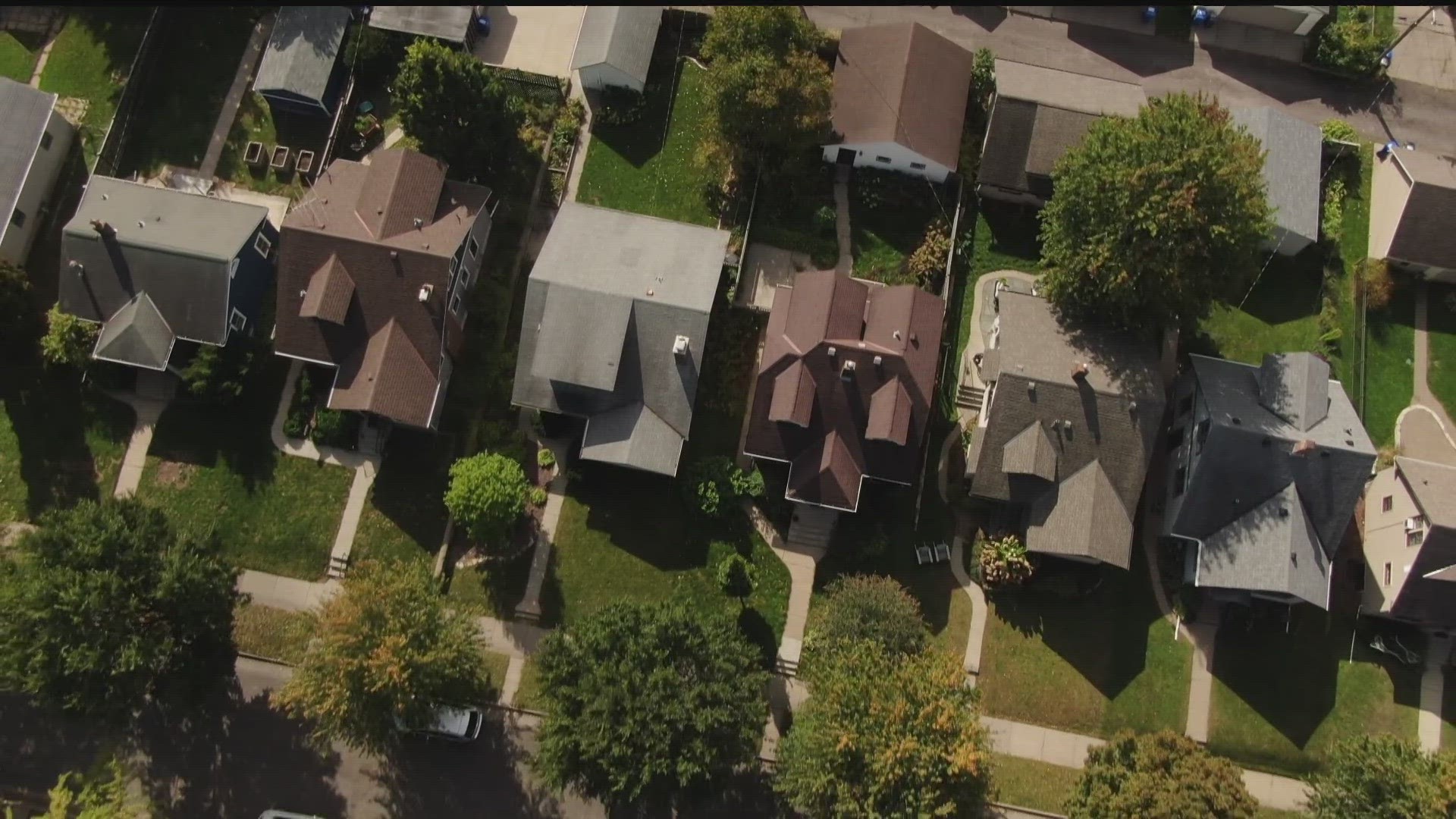ST PAUL, Minn. — The St. Paul City Council is considering a remake of zoning districts in an effort to tackle the Capital City's housing shortage. The plan, if approved by the council, would allow multi-family dwellings on lots that are currently restricted to single-family homes.
City Council Member Rebecca Noecker says the streamlined zoning plan would usher in an era of infill development that would meet many of the city's goals.
"I hear frequently from my constituents, both folks in the younger age spectrum and also senior citizens who want to age in place, people who want their children to be able to move in near to them that there just isn’t the supply of housing in Saint Paul," Noecker told KARE.
"And there isn’t the variety of housing types. Not everyone wants to live in a large, single-family home. A lot of people want to live in a twin home, a duplex, or triplex, have ownership or rental options."
In the simplest terms, single-family homes go in single-family zones and apartment buildings go in multi-family zoning. But the City of Saint Paul has seven different zoning districts. The plan would streamline that by creating two main types of zoning district, all of which would give flexibility for higher density in what are now lower density lots.
"In each of those two districts you could do single-family up to potentially five units by right," City Planning Director Luis Pereira told KARE. "So, just as long as your lot is big enough and you meet all the requirements of the zoning district, you’d be allowed to do that."
Pereira noted that single-family zoning as we know it today only came about in the past 50 years.
"Until 1975 all of our residential districts allowed duplexes by right. A lot of people assume we’ve been single family for a long time, but that’s not actually an original thing," he said.
He cited a national study showing that the Twin Cities area has a housing shortage of 80,000 units and ranks high on the list of metropolitan areas that have under produced residential units.
"The goal is to address that shortage," Pereira said. "We have a really low vacancy rate for rental and not enough homes to buy if you’re looking to be in the market to purchase. We have bidding wars. We have rents rising quickly."
Pereira says the plan is meant to produce smaller scale multi-family housing rather than expand the supply of large complexes that have become the norm for commercial builders.
At Wednesday's public hearing most of those who testified spoke in favor of what the city is aiming to do with the zoning district revamp. Most of the council members are also on board with moving forwards.
"We're still preserving limits on the height and size of the buildings," Noecker explained.
"All we're saying is that within a very similar building envelope to what exists now we're not requiring that only one family live in that envelope. So, what it looks like from the street we're still seeing very similar buildings to what we're seeing now. We're just allowing more to be going on inside of them."
The City of Minneapolis was sued for eliminating single-family zoning in its 2040 Comprehensive Plan passed in 2018. But St. Paul's leaders say they're not worried about that happening here because the proposed zoning changes are consistent with a comprehensive plan that has been on the books for several years.
"If we truly want to live in an exciting, vibrant city, if we want to expand our tax base, keep our property taxes down, if we want to achieve our climate goals and support local businesses and have a walkable city it will ultimately come down to allowing this kind of gentle, infill density to take root," Noecker remarked.

